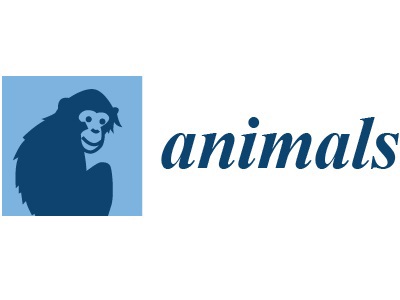Targeting the Hindgut to Improve Health and Performance in Cattle
Animals 2020, 10(10), 1817

Abstract
An adequate gastrointestinal barrier function is essential to preserve animal health and well-being. Suboptimal gut health results in the translocation of contents from the gastrointestinal lumen across the epithelium, inducing local and systemic inflammatory responses. Inflammation is characterized by high energetic and nutrient requirements, which diverts resources away from production. Further, barrier function defects and inflammation have been both associated with several metabolic diseases in dairy cattle and liver abscesses in feedlots. The gastrointestinal tract is sensitive to several factors intrinsic to the productive cycles of dairy and beef cattle. Among them, high grain diets, commonly fed to support lactation and growth, are potentially detrimental for rumen health due to their increased fermentability, representing the main risk factor for the development of acidosis. Furthermore, the increase in dietary starch associated with such rations frequently results in an increase in the bypass fraction reaching distal sections of the intestine. The effects of high grain diets in the hindgut are comparable to those in the rumen and, thus, hindgut acidosis likely plays a role in grain overload syndrome. However, the relative contribution of the hindgut to this syndrome remains unknown. Nutritional strategies designed to support hindgut health might represent an opportunity to sustain health and performance in bovines.